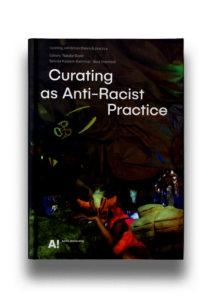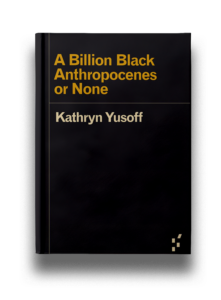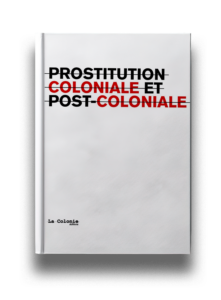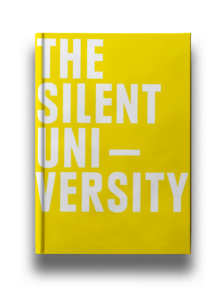Year
2018
Publisher
Aalto ARTS Books
Author
Natalie Bayer
Belinda Kazeem-Kamiński
Nora Sternfeld
Annotation
In the lunch break of Nora Sternfeld’s curatorial seminar at Aalto University in Helsinki, we came to one possible blunt definition of a curator as somebody who is an activist and a policeman at the same time (there are of course many more curatorial types in the vastness of the profession). We were both, however, interested in a curatorial profile that sees art as part of a larger picture of socially engaged causes and uses the power, the tools and the privileges of the profession to institute some of them. Nora Sternfeld is one such curator who aims to disrupt discrimination and related conditions of injustice, creating cracks in the heteronormative, classic and sometimes racist status quo embodied in the world and in ourselves. Curating as Anti-Racist Practice is a handy structural toolbox for how to practice the profession in a non-hegemonic, decolonial and transversal way.
Joanna Warsza
For curating to be anti-racist, however, it first needs to consider both subjectivity and process of subjectivation, and needs to ensure multiperspectivity. It is crucial to explore and question all narratives and exhibits of an exhibition along different line of inquiry. Whose history is being told? Whose perspective is been privileged? What kind of images are presented? Who reads these images and how? How have the exhibits been generated? How are the texts created? Do the narratives and images empower groups that have hitherto been either underrepresented or represented in a way that objectifies them? While these are essentially the very same questions that have -for a long time already- been guiding the discussions about 'history from below' as well as feminist and postcolonial historiography, it seems that they keep being actively forgotten.










